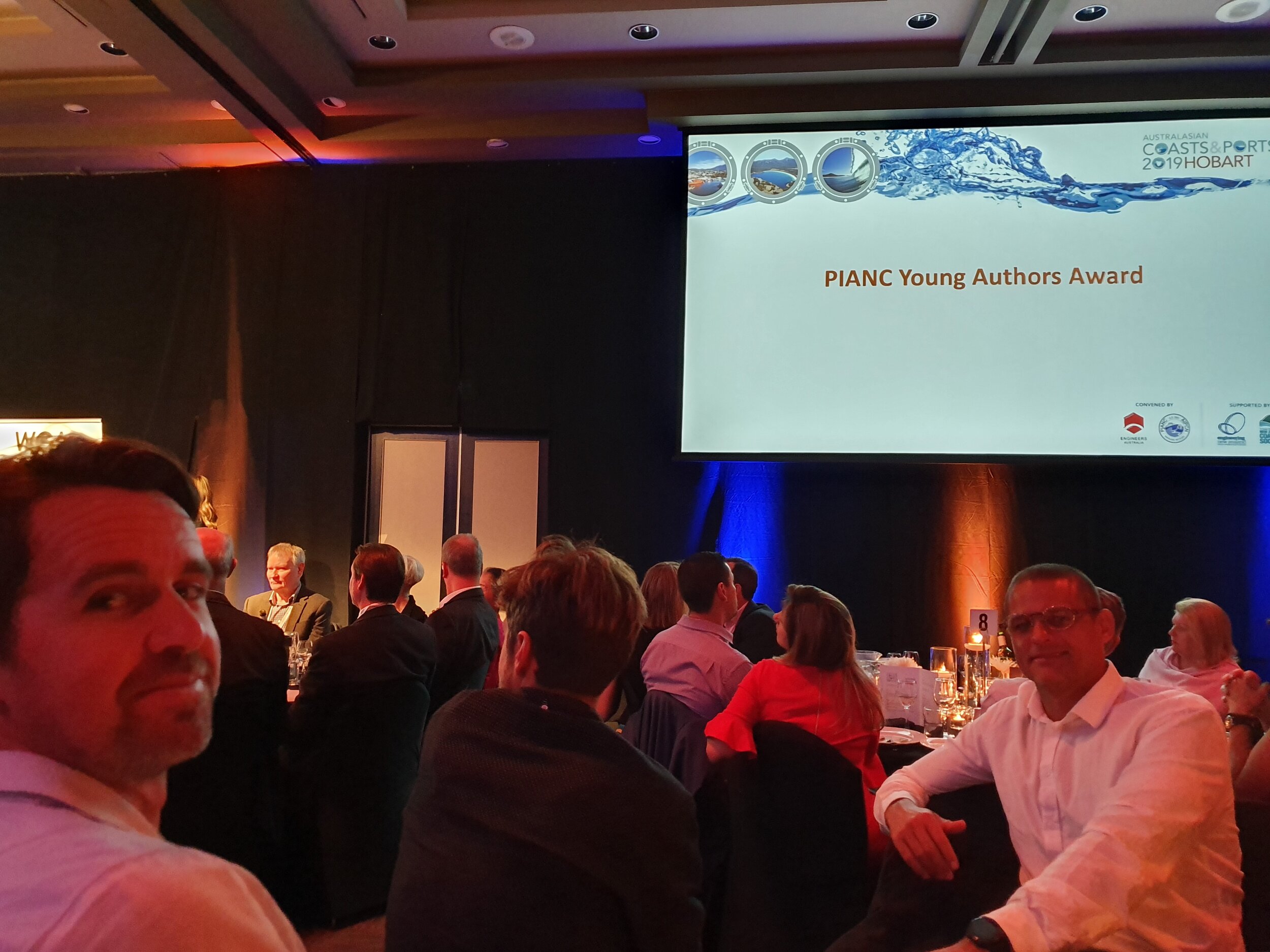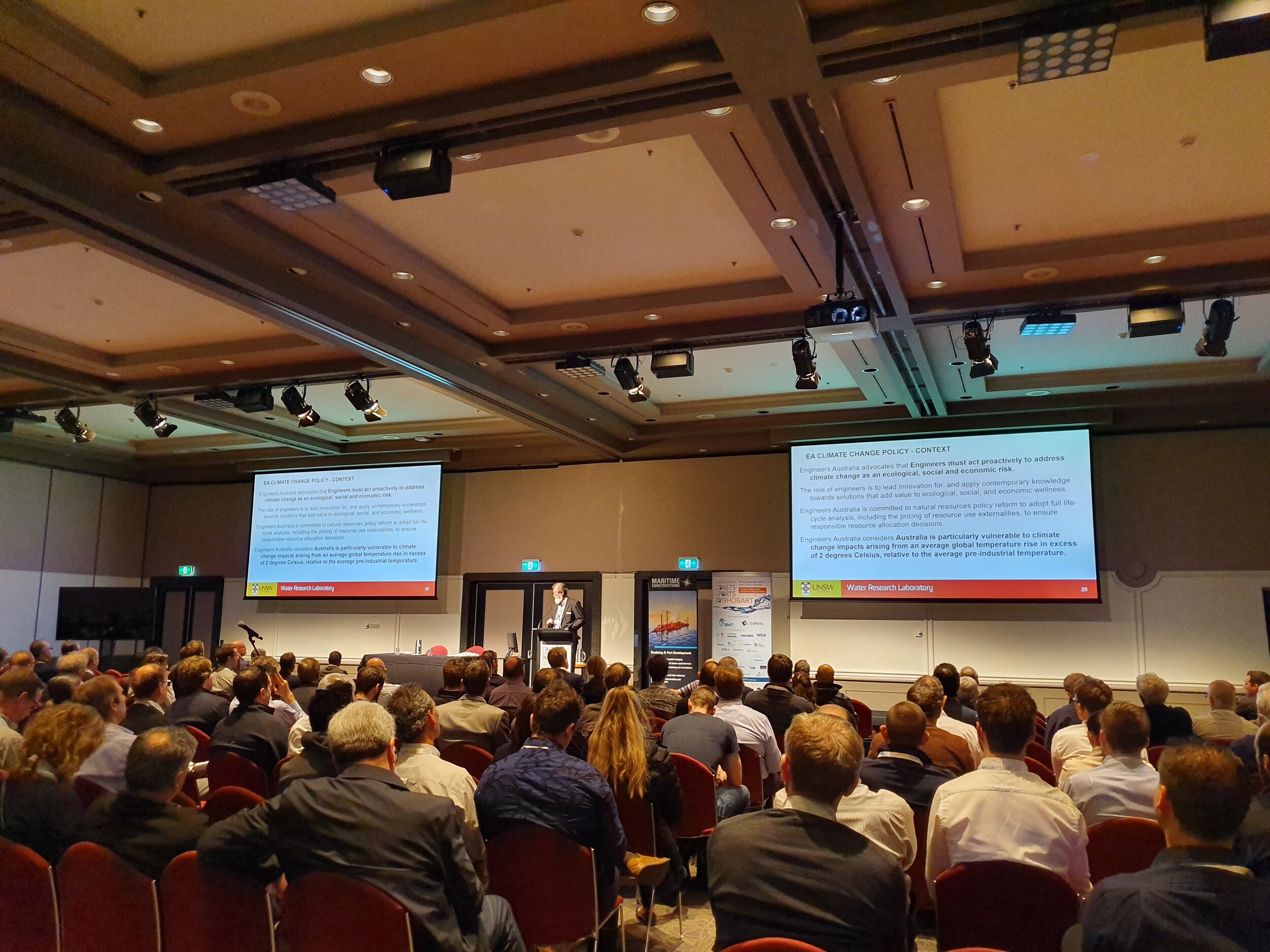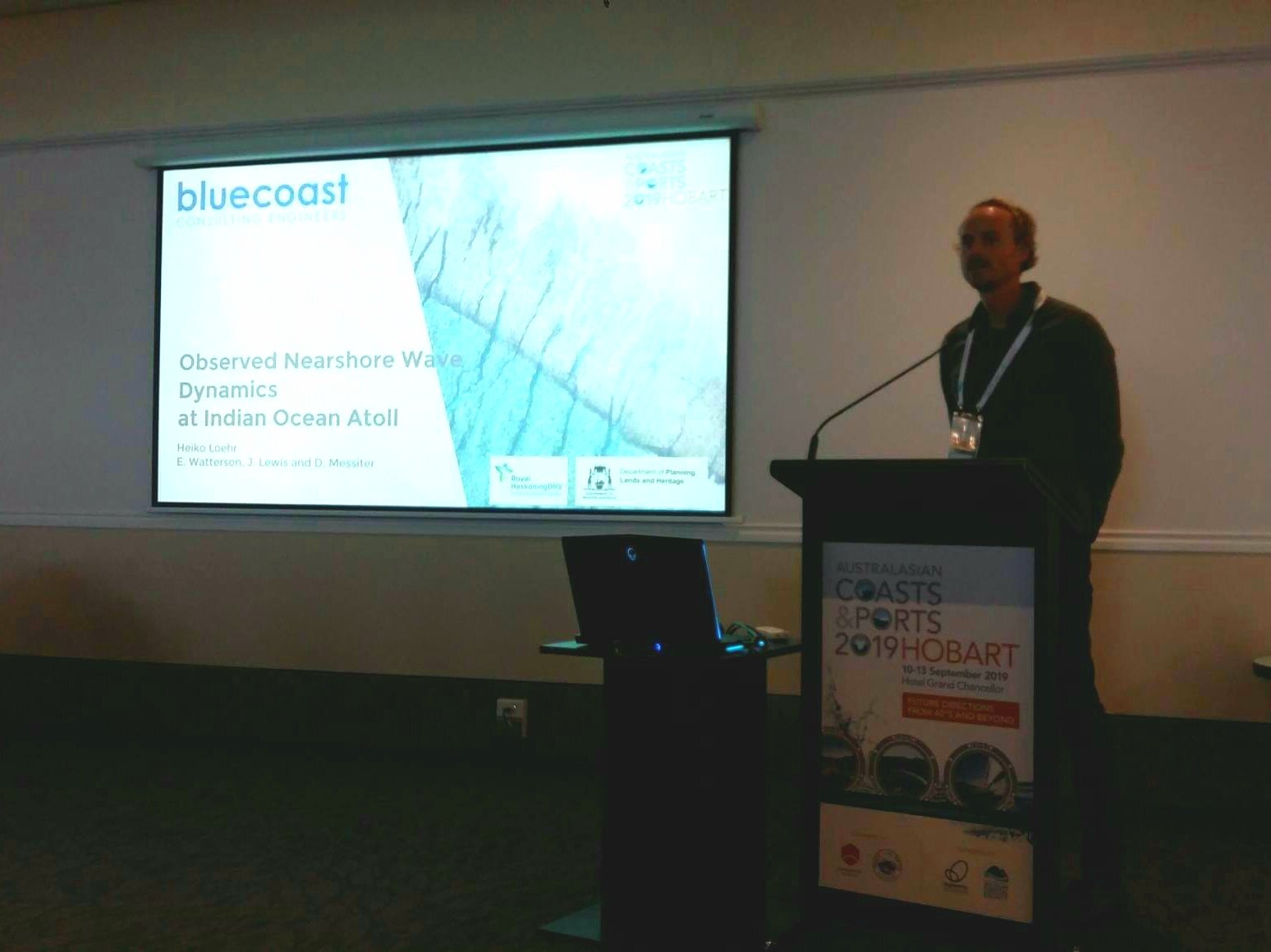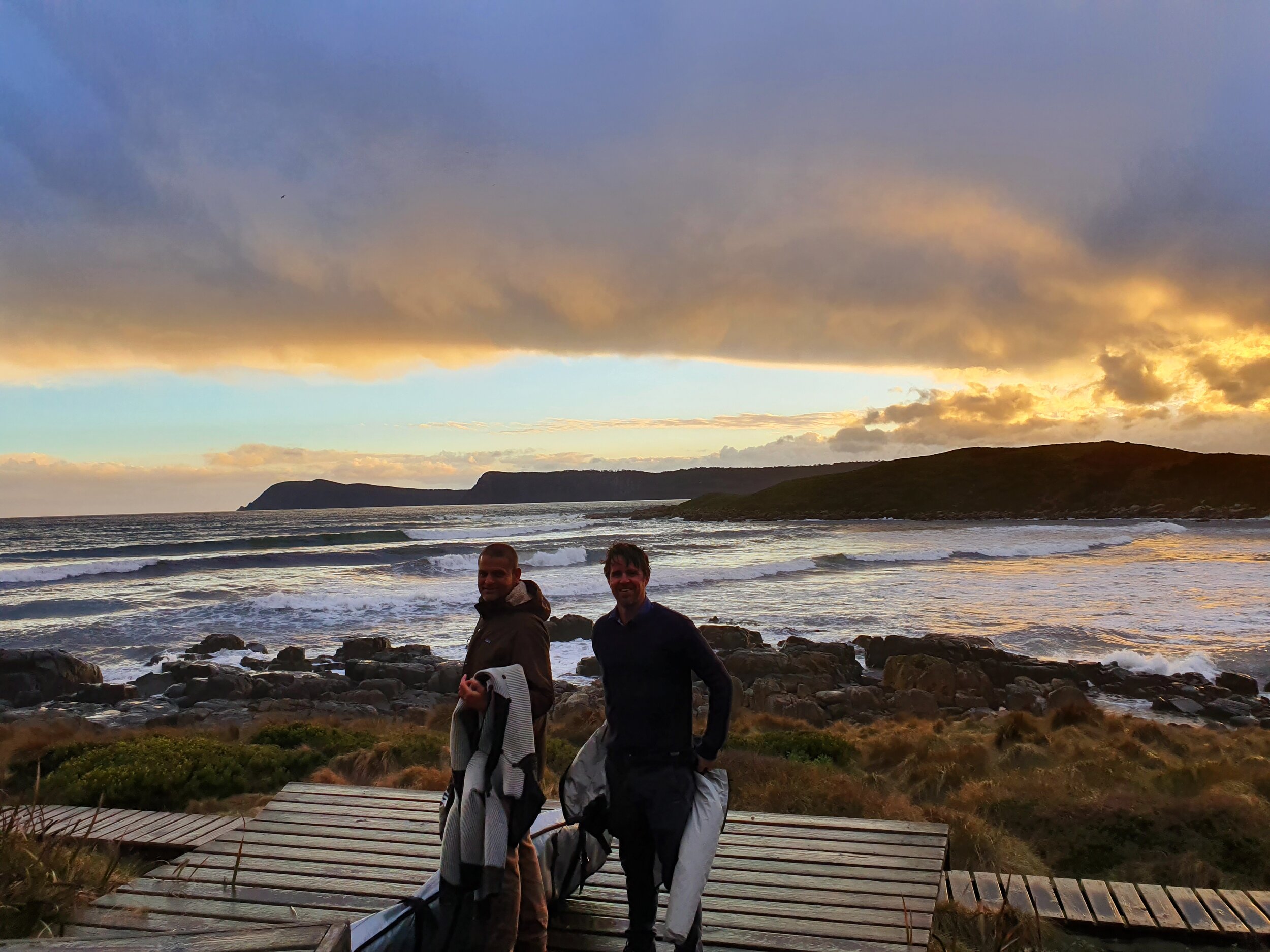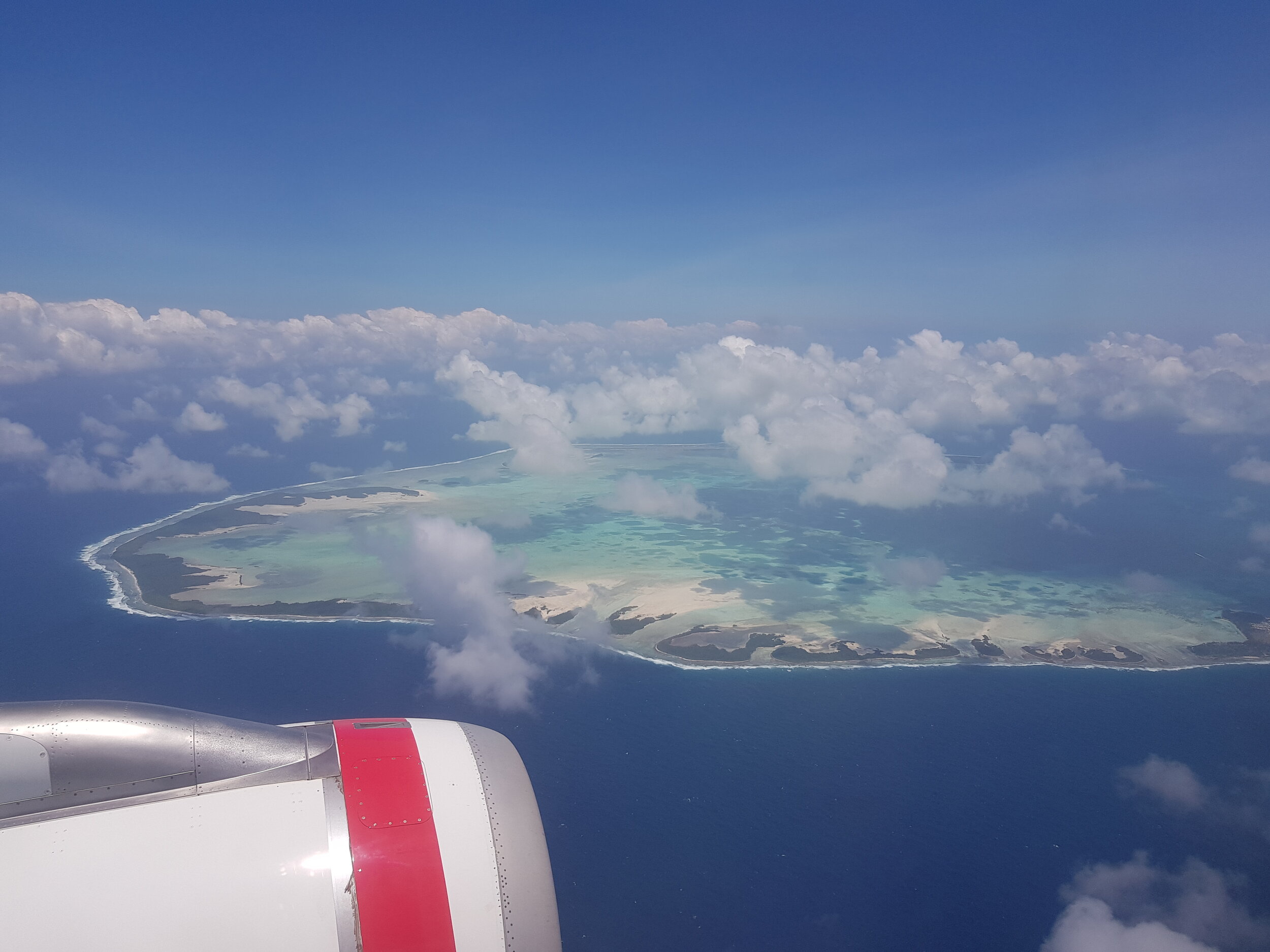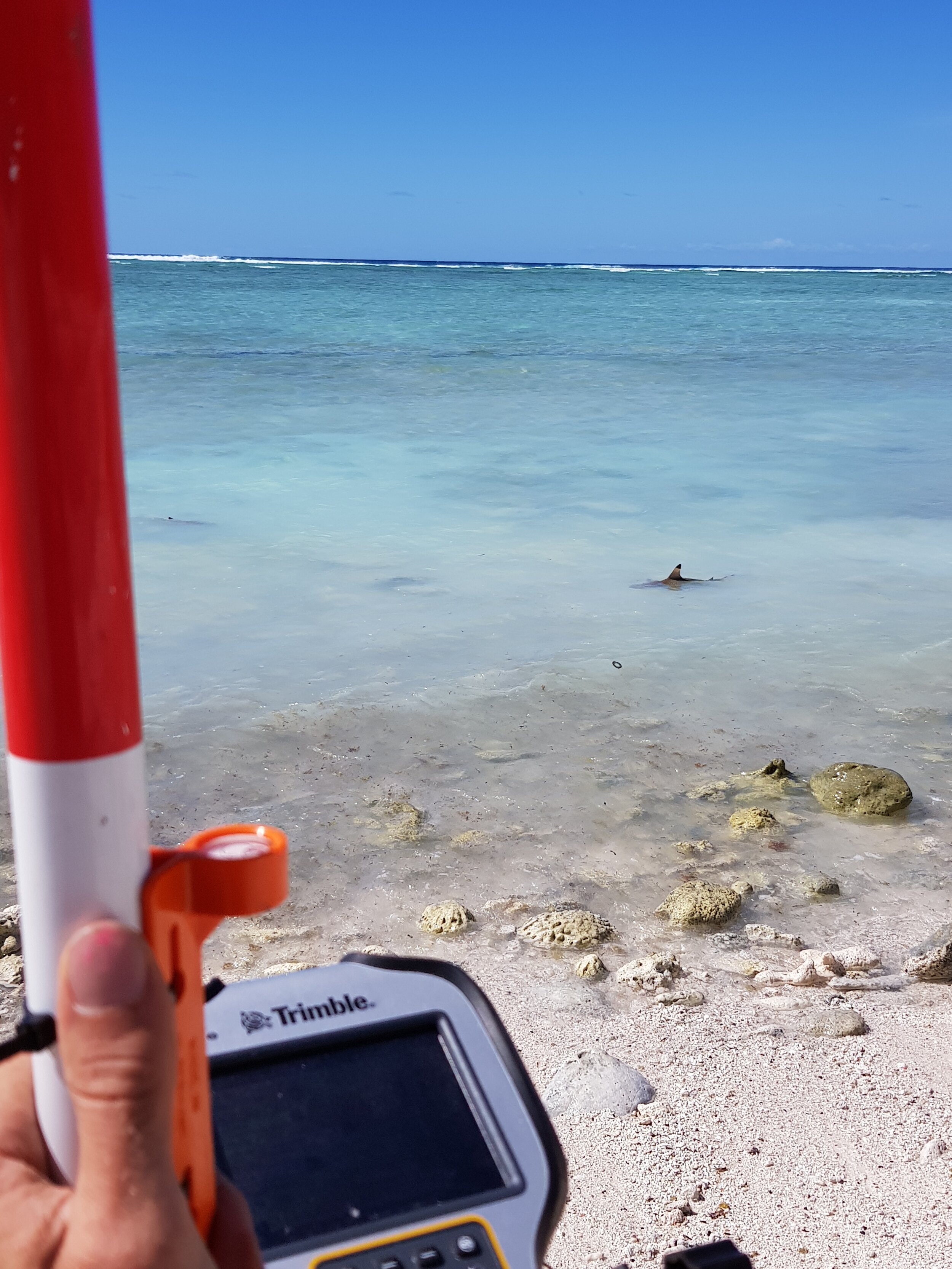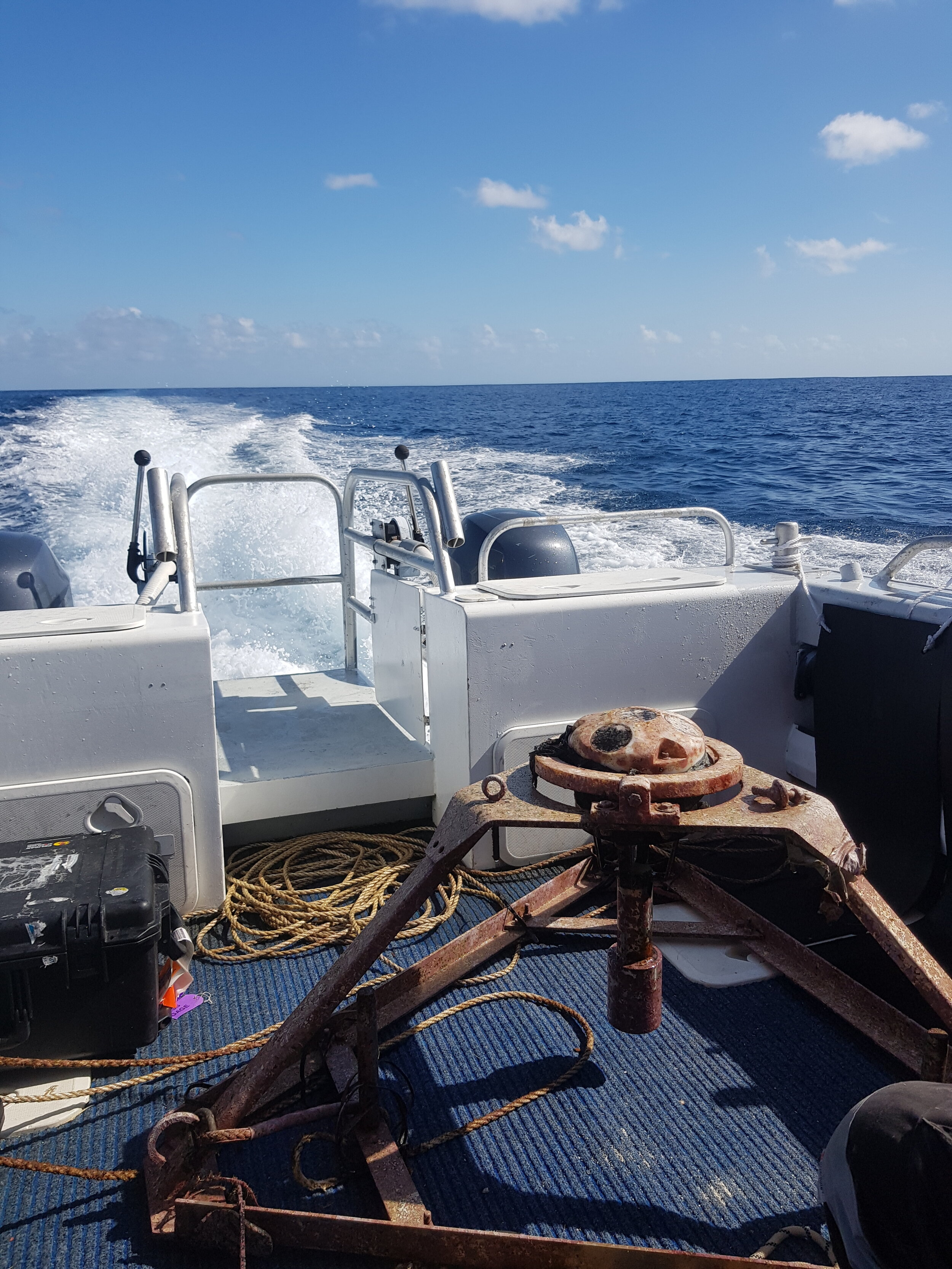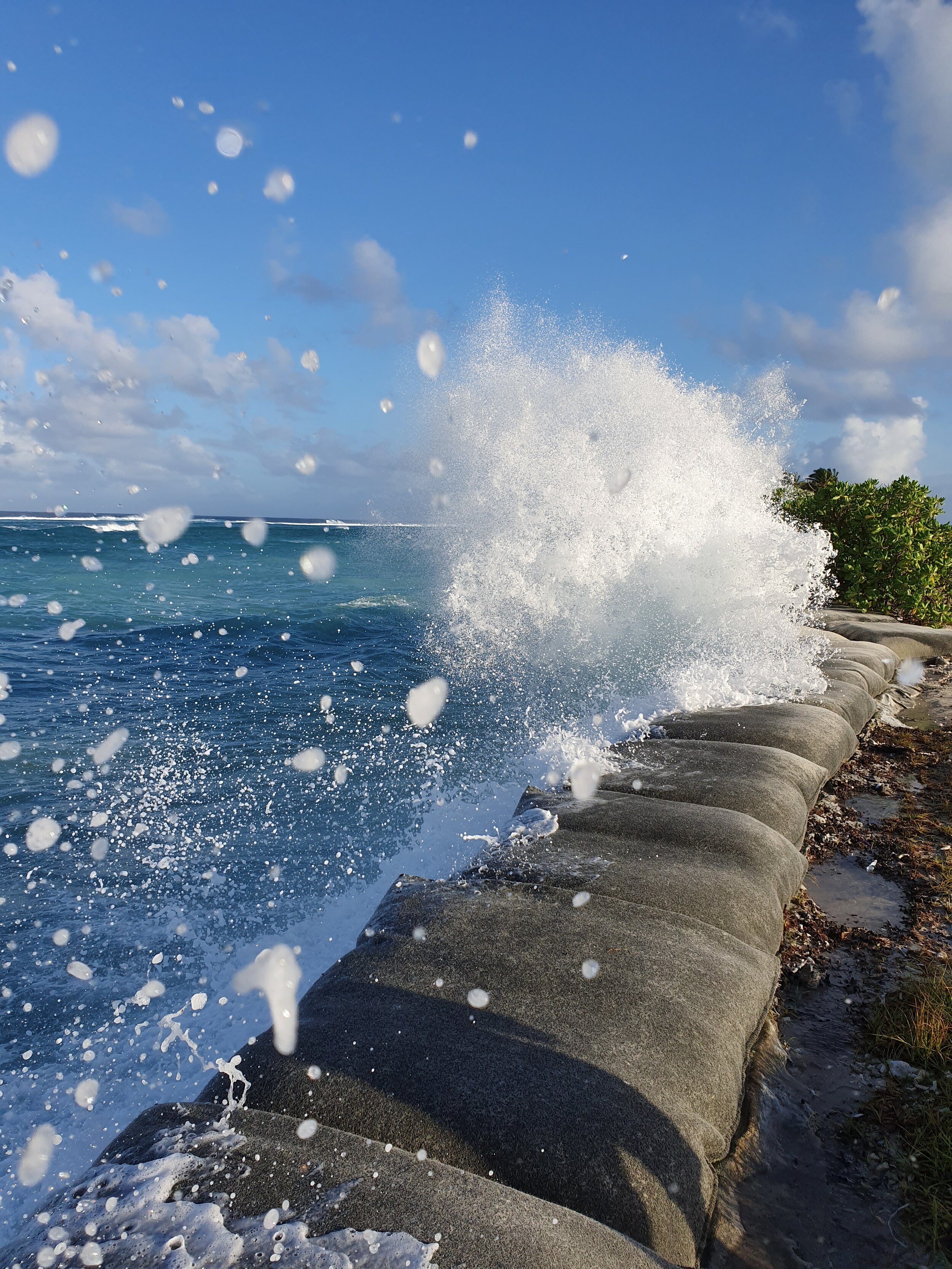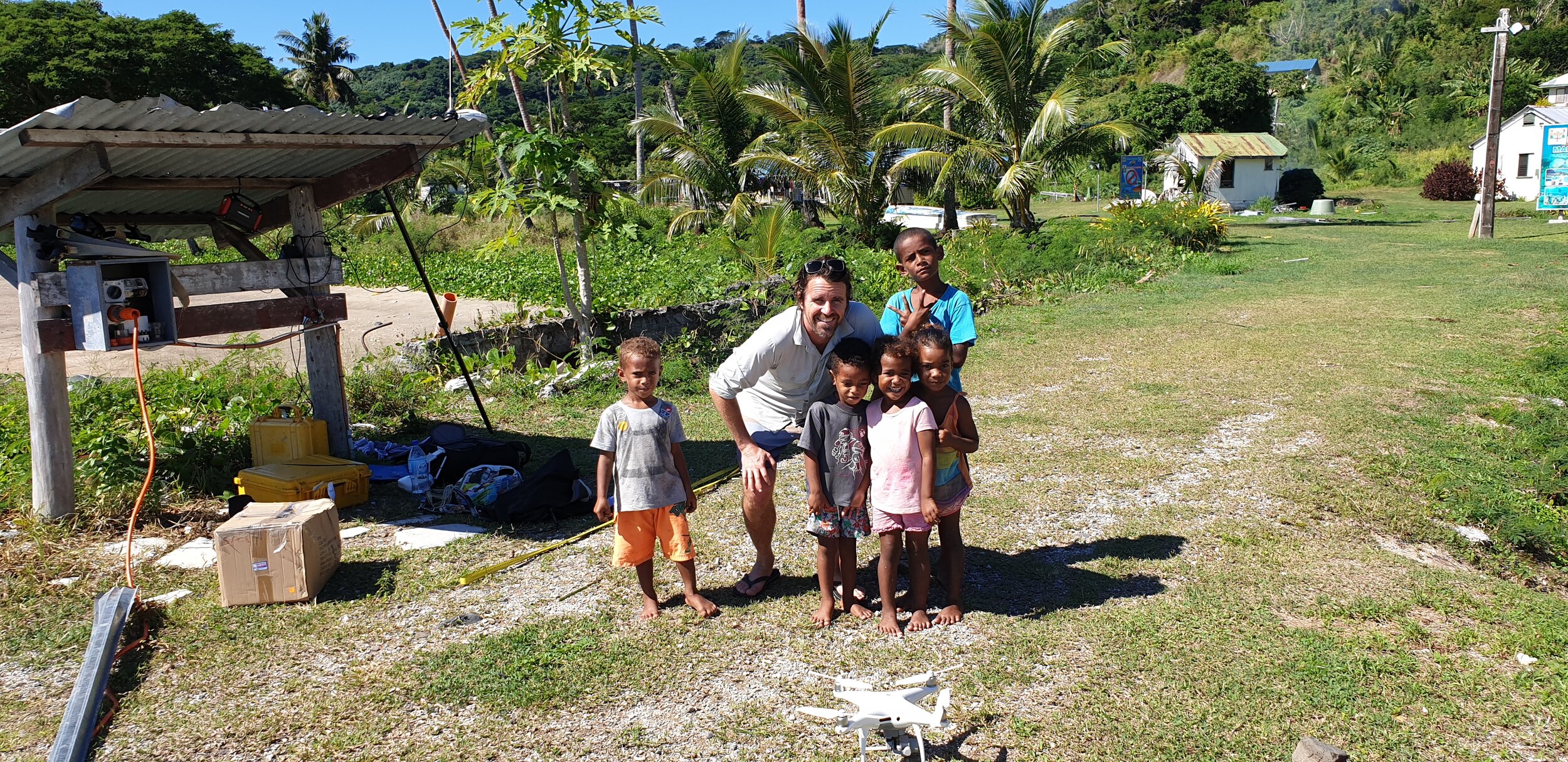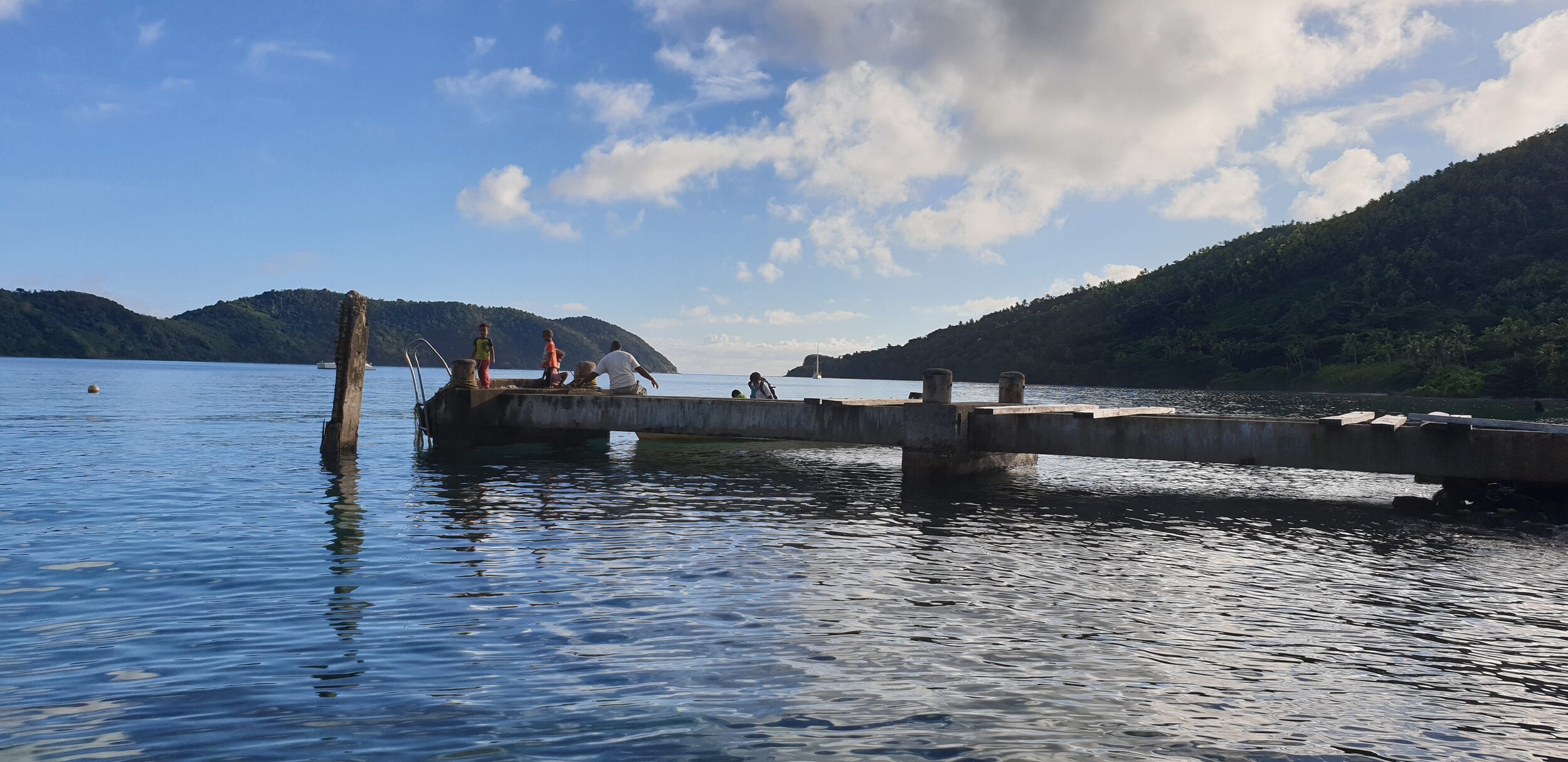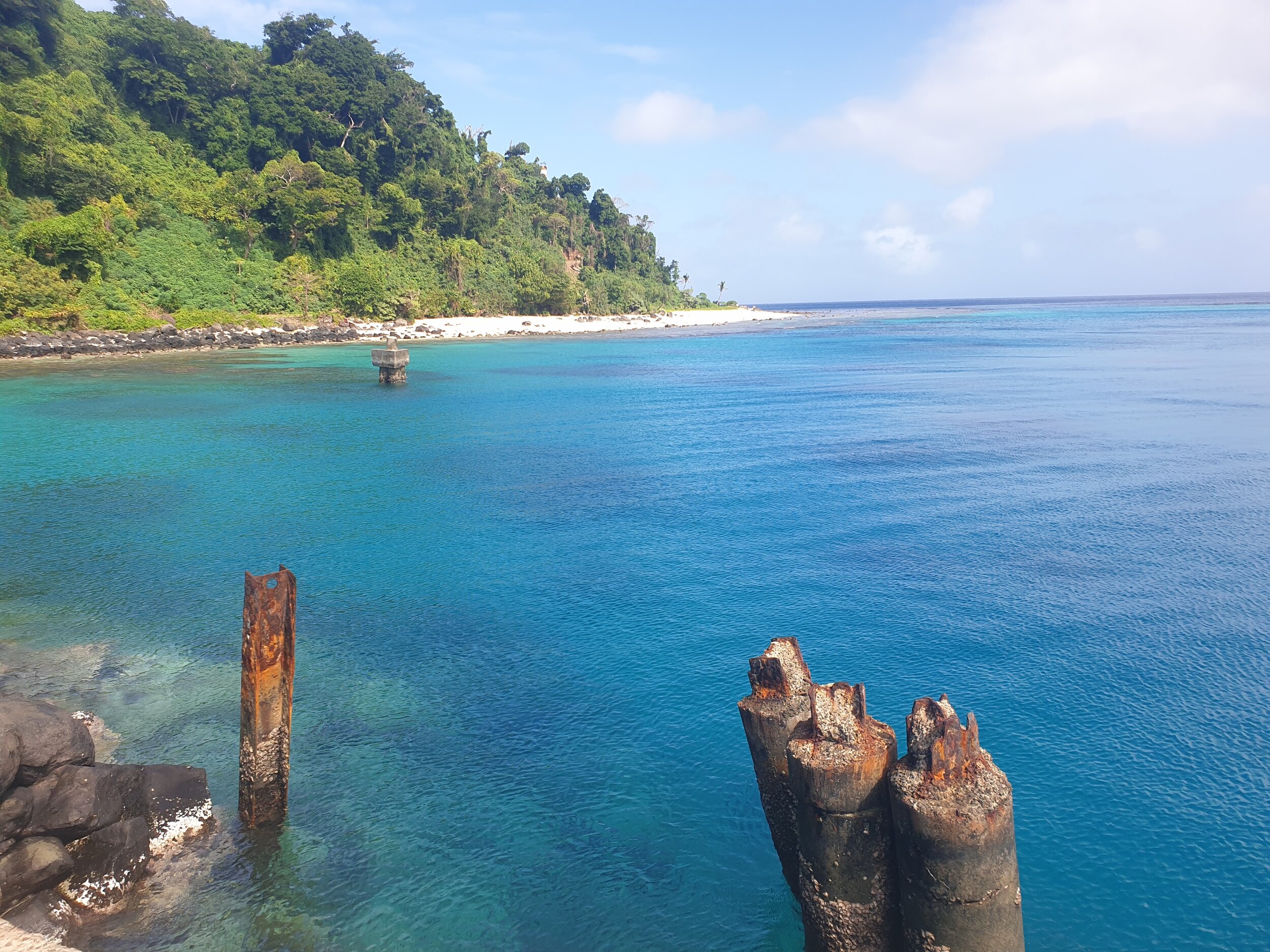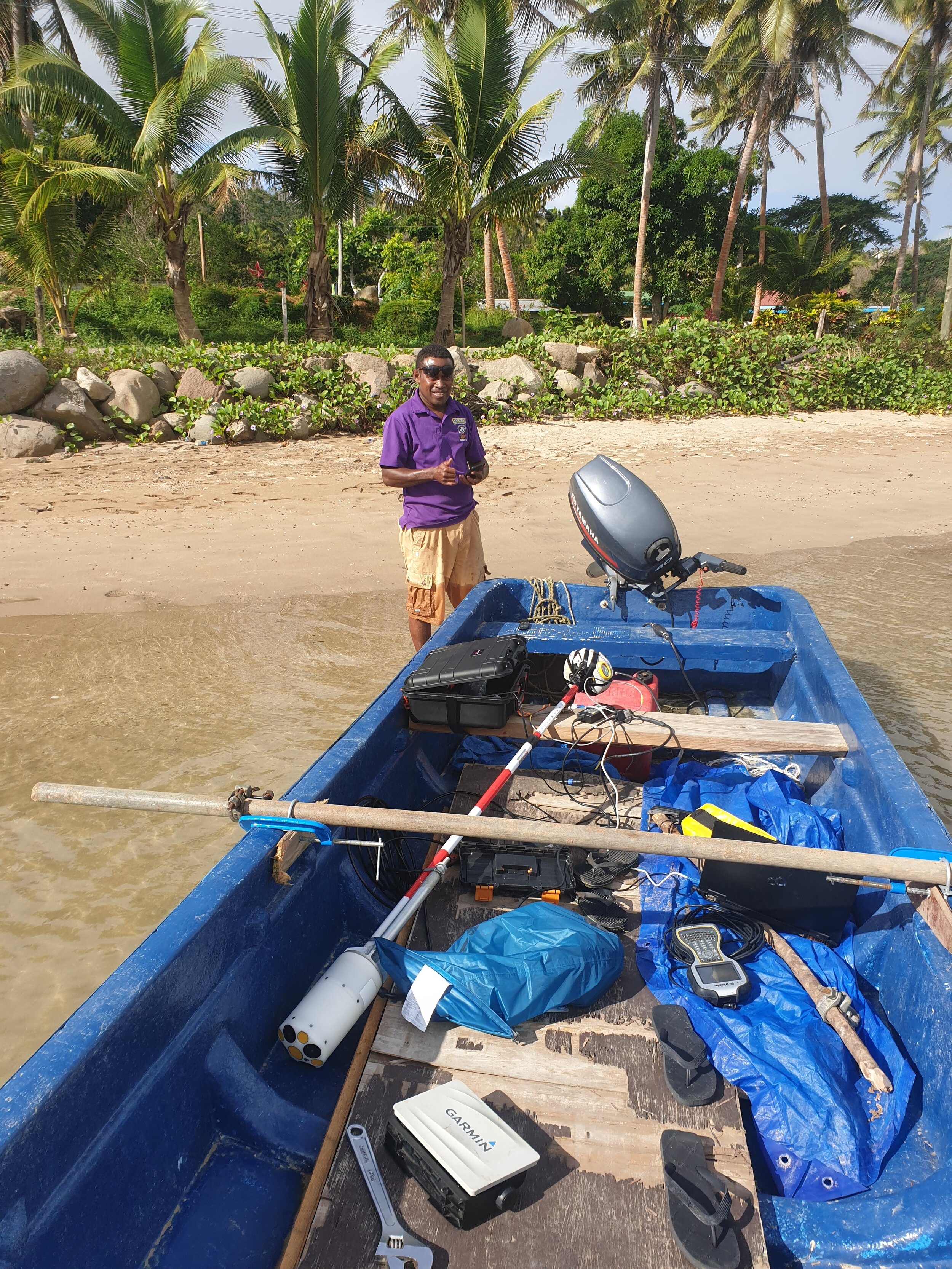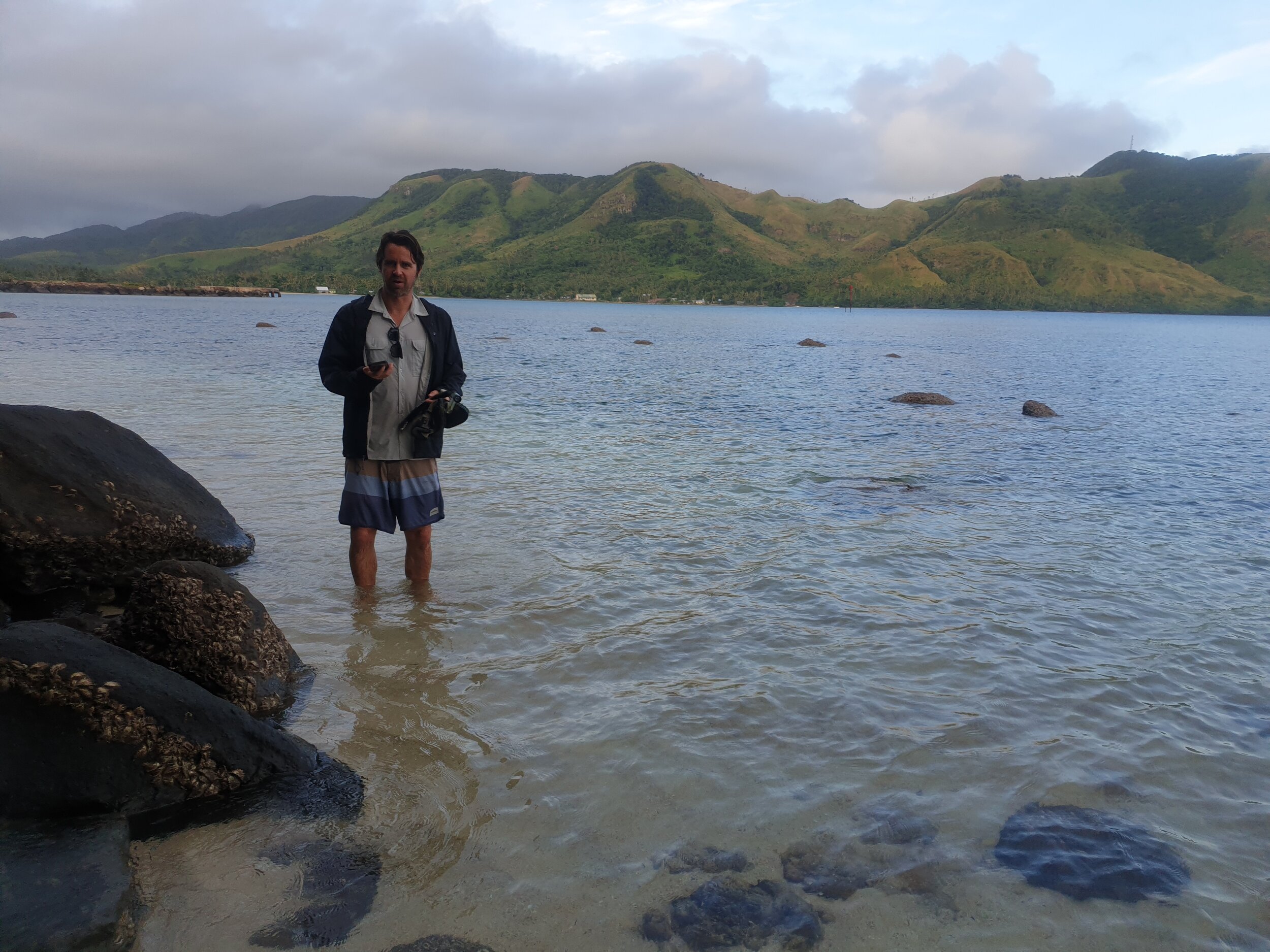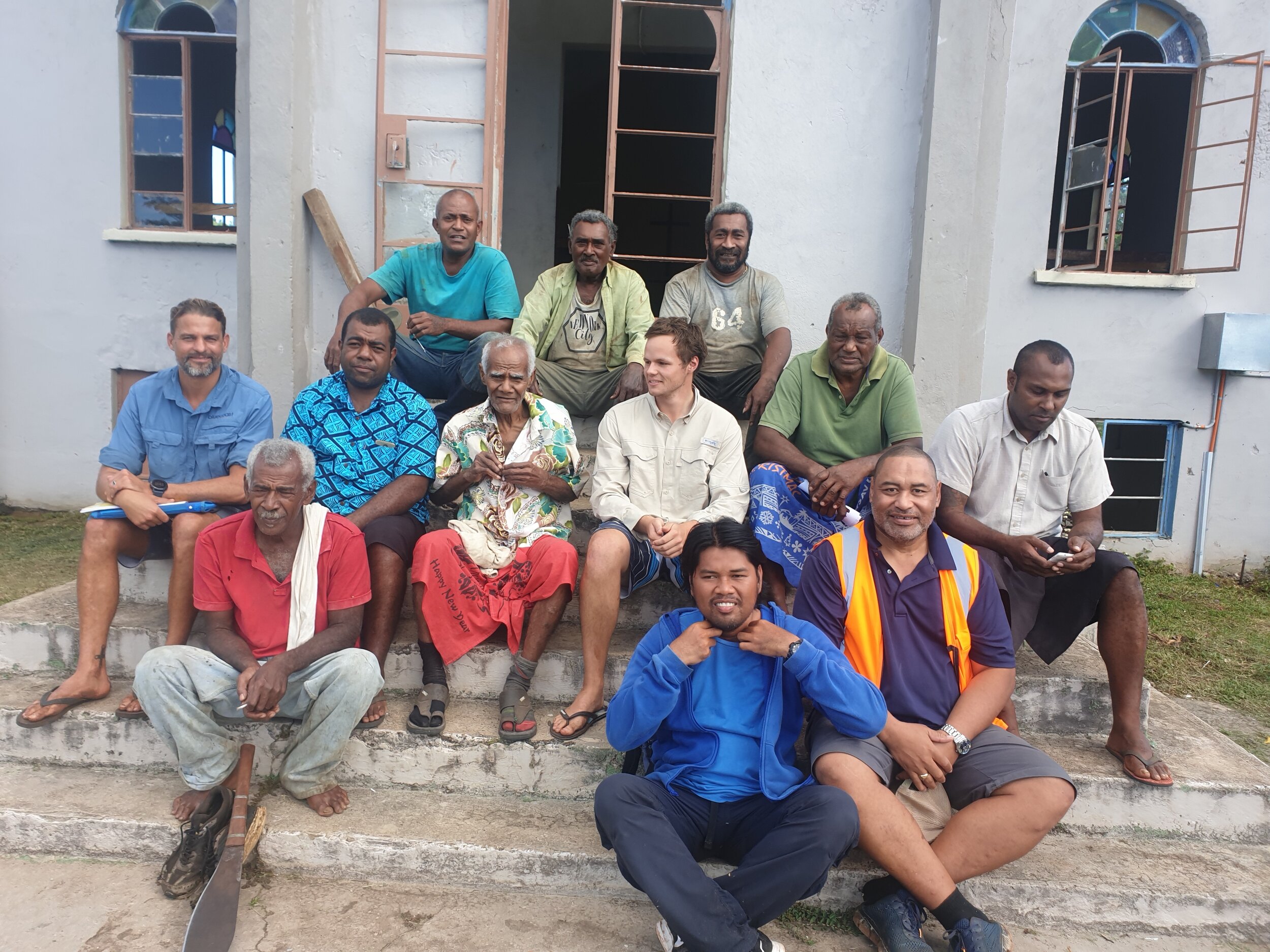Our three directors Evan, James and Heiko presented some of their work in the Cocos (Keeling) Islands and Tonga at this year’s Coasts and Ports conference in Hobart, Tasmania. We would like to thank the organising committee and fellow coastal engineers/ planners for a successful week with some interesting presentations and discussions around the theme ‘Future directions from 40°S and beyond’. You can find our abstracts via this link.
We also used the opportunity to explore some of Australia’s southern coastlines to celebrate Bluecoast’s first anniversary on Bruny Island. We were welcomed with some cold water waves and empty lineups. Our team is looking forward to reunite with everyone at next year’s 37th International Conference on Coastal Engineering 2020 in Sydney.


